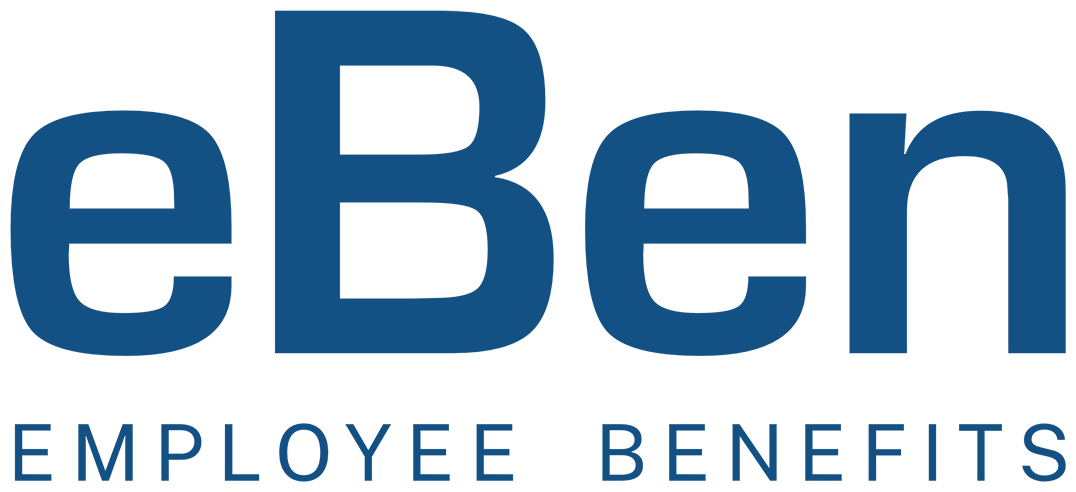Market Updates
The employee benefits landscape continues to evolve alongside macroeconomic forces and changes within the healthcare industry.
Shifting workforce and hiring dynamics
With the slowing economy, employees have less ability to dictate terms as they had during the height of the talent shortage. However, neither eBen or Risk Strategies have yet to see this impact employee benefits, overall compensation, and total rewards packages on a
broad scale.
Focus on equity
Employers are starting to think more holistically about their benefits programs, shifting benefits to better serve a diverse workforce. Expanded programs work to meet the needs of all employees regardless of age, gender, race, ethnicity, and more.
Investments in employee experience
To add value to existing benefits, large group employers are seeking improved clinical and administrative experiences that focus on a member-centric service model. This experience brings member advocacy, care navigation, and concierge services together for an enhanced and easier member healthcare journey. eBen and Risk Strategies expects these improvements to trickle down to small and midsized groups soon.
Workforce turnover impact on return on investment (ROI)
It can take over three years to see a mature ROI on robust medical benefit plans when many payors (and large self-funded employers) are focused on first-year savings. They are now beginning to look at these programs from a long-term perspective, recognizing that savings with higher turnover employee populations may not be seen.
Evolution of digital solutions
As digital health services continue to innovate and evolve, newer solutions have come to market that include health support or monitoring through digital devices (e.g., Bluetooth®-enabled devices). These devices help individuals better manage and track their health, as well as provide treating physicians with tracked datapoints resulting in fewer in-person appointments. However, it is too early to see if this evolution has any clear influence on potential plan savings or overall cost trends.
Pharmacy innovation trends
GLP-1 prescription drugs have made headlines in recent months. While they were created to manage diabetes, they are also often prescribed to address weight loss. Large employers and health plans are typically covering the GLP-1 drug cost for weight loss if it is part of a broader lifestyle management program.
Coverage Considerations
In the next six months, a number of forces will raise costs across the board, creating challenges for employers including:
- Increased medical utilization: Elective surgeries and emergency department visits are back to pre-pandemic levels. eBen and Risk Strategies predict that these will continue to increase.
- Inflationary pressure: Medical care costs follow inflation’s lead and typically lag six to 12 months behind the Consumer Price Index.
- Changes in admitting and billing patterns: Due to the consolidation of health systems and the ongoing acquisition of providers, there is an increase in instances where service delivery models have changed. For example, services previously provided in a physician’s office are now provided, or billed, on an outpatient basis, or services previously provided on an outpatient basis are now provided, or billed, on an inpatient basis. Changes like these can lead to increased costs as consolidation affects this and other aspects of billing patterns.
Recommendations
- Determine which levers you may want to engage to help mitigate rising costs — coverage levels, unit cost, or utilization/behavioral change.
- Provide programs that enable your employees to manage chronic conditions (e.g., diabetes, heart health, weight) to help lessen the potential for more serious health outcomes.
- Construct a benefits ecosystem (i.e., an integrated vendor/program/solution mix that is cohesive for employees) in order to deliver the ROI your organization needs.
Forecasted Average Trend Rates
| Medical: |
|
| Prescription Drugs, Retail: |
|
| Prescription Drugs, Specialty: |
|
| Stop-loss Premium, Leveraged Trend: |
|
*Trend will vary regionally based on the healthcare delivery system


